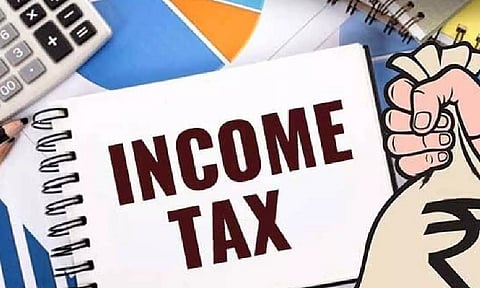

NEW DELHI: Inequality in India has skyrocketed since the early 2000s, with the income and wealth share of the top 1 percent of the population rising to 22.6 percent and 40.1 percent, respectively, in 2022-23, according to a working paper.
The paper titled 'Income and Wealth Inequality in India, 1922-2023: The Rise of the Billionaire Raj' said between 2014-15 and 2022-23, the rise of top-end inequality has been particularly pronounced in terms of wealth concentration.
The paper was authored by Thomas Piketty (Paris School of Economics and World Inequality Lab), Lucas Chancel (Harvard Kennedy School and World Inequality Lab), and Nitin Kumar Bharti (New York University and World Inequality Lab).
"Between 2014-15 and 2022-23, the rise of top-end inequality has been particularly pronounced in terms of wealth concentration.
"By 2022-23, top 1 percent income and wealth shares (22.6 percent and 40.1 percent) are at their highest historical levels and India's top 1 percent income share is among the very highest in the world, higher than even South Africa, Brazil, and the US," the paper said.
According to the paper, the Indian income tax system might be regressive when viewed from the lens of net wealth.
"A restructuring of the tax code to account for both income and wealth, and broad-based public investments in health, education, and nutrition are needed to enable the average Indian, and not just the elites, to meaningfully benefit from the ongoing wave of globalization," it noted.
As per the paper, besides serving as a tool to fight inequality, a "super tax" of 2 percent on the net wealth of the 167 wealthiest families in 2022-23 would yield 0.5 percent of national income in revenues and create valuable fiscal space to facilitate such investments.
The paper said the quality of economic data in India is notably poor and has seen a decline recently.
It said India's top 1 percent of the population's income share appears to be among the highest in the world "behind only perhaps Peru, Yemen, and a couple of other small countries".
"In terms of top wealth shares, we see that both with top 10 percent and top 1 percent, India comes out in the middle of the pack, with Brazil and South Africa standing out with their extreme wealth concentration levels (85.6 percent and 79.7 percent top 10 percent shares, respectively)," the paper said.
The paper pointed out that from 13 percent in 1922, the top 1 percent income share increased significantly to over 20 percent in the inter-war period.
While they experienced a dramatic fall after that, during the 1940s to falling back to 13 per by the time of India's Independence, the paper said after briefly rising during the 1950s, the top 1 percent income shares consistently fell over the next two decades and reached 6.1 percent by 1982.
This was likely the consequence of the broadly socialist policy agenda pursued by the Indian government till the 1980s, it noted.
Since the early 1980s, according to the paper, when the Indian government began initiating a broad range of economic reforms, leading up to the liberalization in 1991, the decline in the top 1 percent income shares halted.
Early-1990s onwards, the paper said the top 1 percent income shares have consistently increased over the next 30 years to reach an all-time high of 22.6 percent in 2022.
While the paper's wealth inequality series spans the period 1961-2023, the availability of tax tabulations going back to 1922 when the Income Tax Act was enacted by the British administration, allowed the authors to study the evolution of the top 1 percent income share over an entire century.